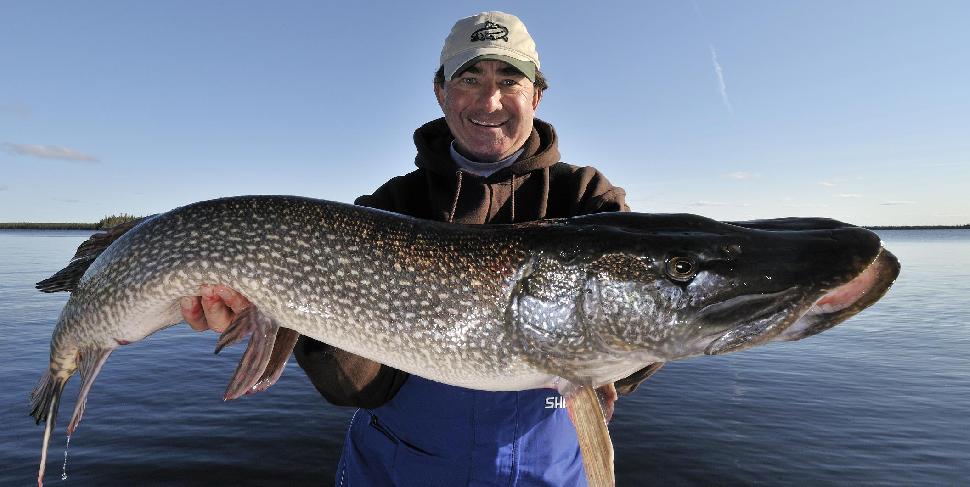Fishing for Geniuses
Put Your Fishing Know-how to the Test with Our Exclusive Quiz
Advertisement
For answers to this section, please see below…
Answers: Biology & Behaviour
1. False. The biggest smallmouths generally spawn first in water temperatures as cool as 13°C. This gives their offspring a decided head start on the season. It’s also nature’s way of ensuring the genes from the biggest and fittest fish are passed on to future generations.
Advertisement
2. b) See in the dark. Ever notice how a walleye’s eyes glow when light hits them? That’s the light reflecting off the tapetum lucidum membrane at the back of the fish’s retinas, allowing it to see as well at night as we see at midday.
3. True. Rainbow trout and steelhead are both Oncorhynchus mykiss. Most fish are extremely variable in the way they adapt to environmental conditions, so the fully mature 12-inch rainbow trout you catch in your local stream is the same species as the 20-pound steelhead roaming the Pacific Ocean or Great Lakes.
4. b) 3%. When summer water temperatures are optimal, walleye generally eat 3% of their body weight daily. That may not seem like a lot, but it’s the same as a 150-pound human eating 4½ pounds of meat every day.
Advertisement
5. c) Next year’s eggs. The amount of time these spring-spawning fish (walleye, perch, crappie, bass and pike) devote to their own growth is often only a few weeks—by the end of August, they’re already developing the following year’s eggs.
6. c) Northern pike. The biggest muskies are always caught in lakes and rivers that also host native populations of northern pike. Biologists refer to this as a sympatric relationship. Pike spawn early in the spring, so their young have a head start over all of the other species, including muskies. To compensate, muskies that share lakes with pike have evolved to spawn twice in the spring over a two-week period. But there’s only one way a female muskie can produce more eggs, and that’s to grow large.
Advertisement
7. False. Most fish, including bass, walleye, northern pike, trout, salmon, panfish and muskies, are visual hunters. The lateral line is wired to their brains and plays an important role, but only when the fish is two to three body lengths away from its prey.
8. a) 6 per acre. According to recent research, 50 per cent of North America’s walleye waters support population densities of fewer than six adult walleye per acre (or 14.8 fish per hectare). In a typical 500-acre walleye lake, therefore, there are less than 3,000 fish.
9. c) The water temperature. When the temperature settles above 15°C, muskies set up in their summer homes. When it drops below 5°C, they move into their winter hideaways. In between the two ranges, muskies tend to be nomadic.
Up next, test your knowledge of Tactics…

